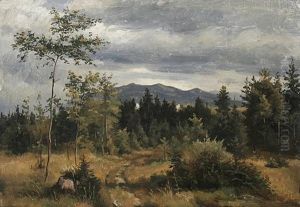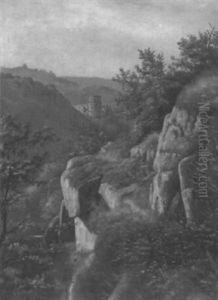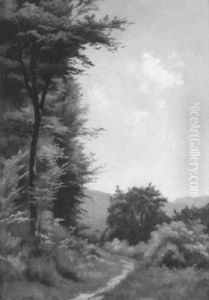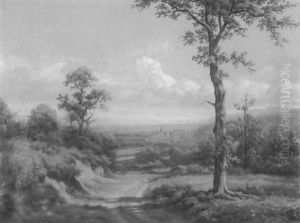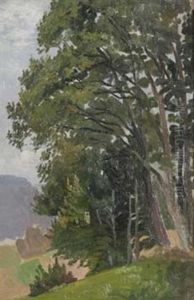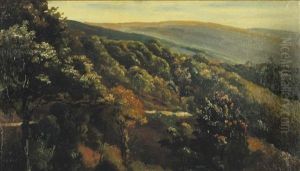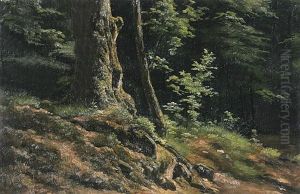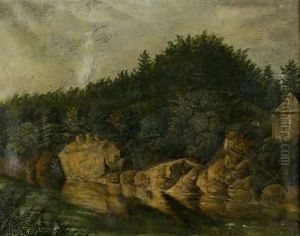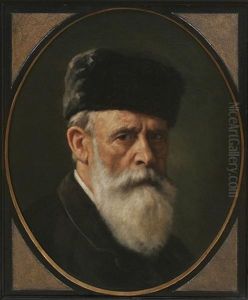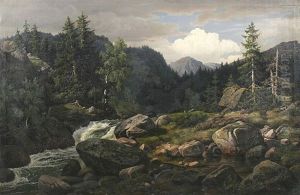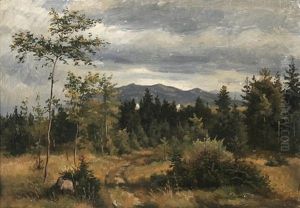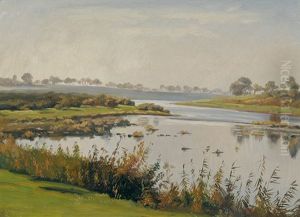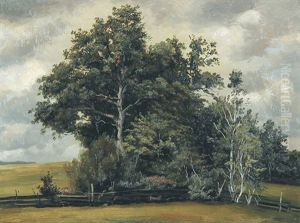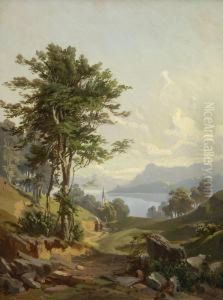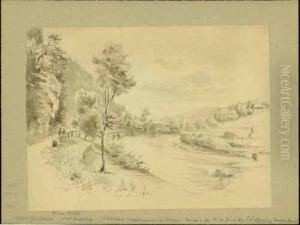Max Wolf Paintings
Max Wolf was a German astronomer and a pioneer in the field of astrophotography, born on June 21, 1863, in Heidelberg, Germany. Although not an artist in the traditional sense of painting or sculpture, Wolf's contributions to astronomy had a profound aesthetic dimension, as he captured the beauty of the cosmos through his innovative photographic techniques. His work in astrophotography helped to transform the way the universe was observed, making him a significant figure in the overlap between art and science.
Wolf's early interest in astronomy was nurtured by the rich academic environment of Heidelberg, and he pursued his passion by studying astronomy at the University of Heidelberg, where he later became a professor and director of the Heidelberg Observatory. Throughout his career, Wolf specialized in the photography of celestial bodies, contributing significantly to the discovery of asteroids. He is credited with discovering hundreds of asteroids, using photographic methods to track their movements across the sky.
One of Wolf's major contributions to both astronomy and visual culture was his use of astrophotography to create detailed images of the Milky Way and various deep-sky objects. This work not only advanced scientific knowledge but also provided stunning visual representations of space, capturing the imagination of both scientists and the public. Wolf's photographs of nebulae and star clusters, in particular, highlighted the artistic beauty inherent in scientific exploration, blurring the lines between artistic creation and scientific discovery.
Wolf was also a pioneer in the use of wide-field photography, which allowed him to capture large swathes of the sky in a single image. This technique was instrumental in his discovery of comets and asteroids, as it enabled him to detect moving objects against the fixed background of stars. His methodical approach to scanning the skies with photographic plates laid the groundwork for future generations of astronomers, influencing both the techniques and the philosophy of astronomical observation.
Max Wolf's legacy is preserved not only in the scientific community, through the asteroids and celestial features named in his honor but also in the realm of visual culture, where his photographs continue to inspire awe and wonder. He passed away on October 3, 1932, in Heidelberg, leaving behind a body of work that exemplifies the intersection of art and science, and the profound beauty of the universe that surrounds us.
